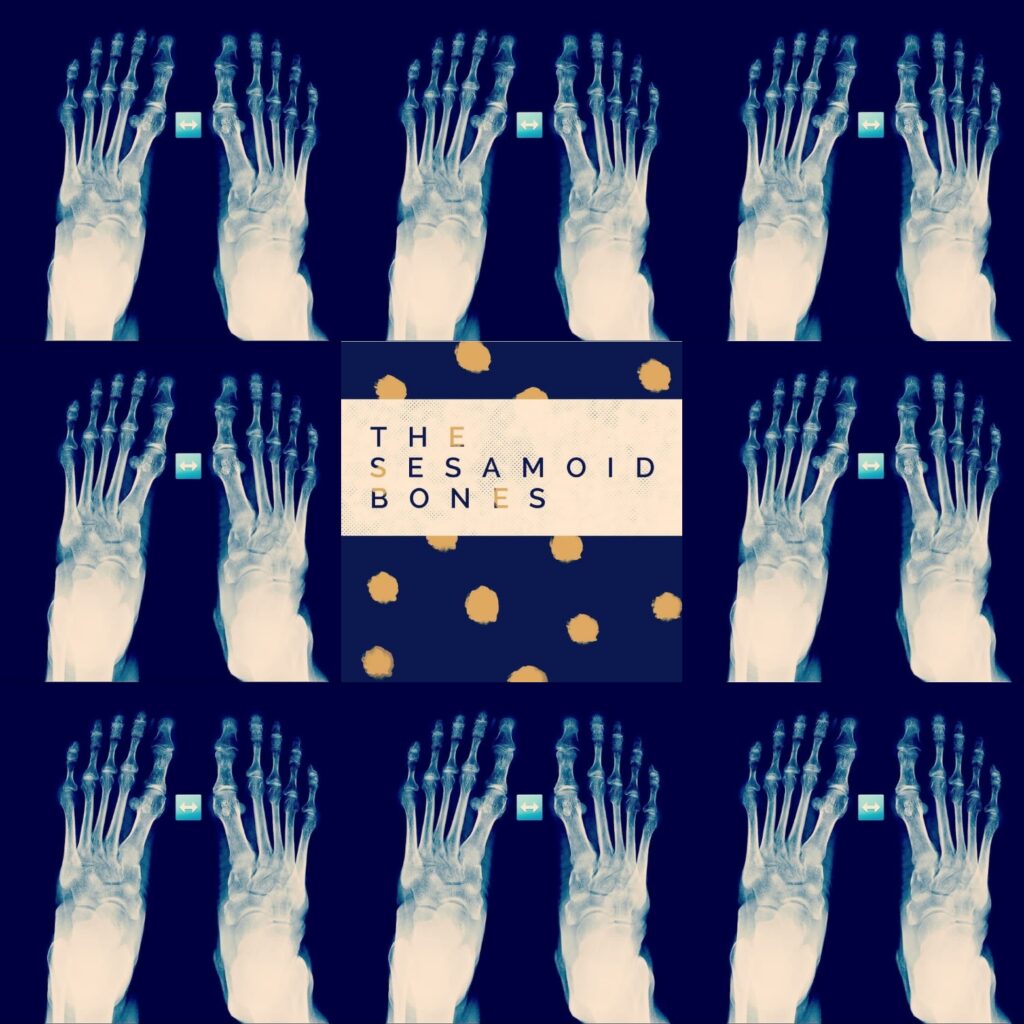What is Sesamoiditis? Learn more about this condition
Sesamoiditis causes pain at the ball of the foot, beneath the big toe joint. Sesamoid bones are embedded in a tendon, much like the kneecap, acting to increase the leverage of the tendons that control the big toe. Due to their location and function, sesamoid bones are subjected to massive pressure and forces every time the big toe is used to push the foot forward.
People participating in activities and sports that involve repetitive, excessive loading of the ball of the foot such as dancing, sprinting, or even walking often suffer from this condition.
Causes of Sesamoiditis
Sesamoiditis is typically a result of chronic overloading of the sesamoid this can be as a result of:
- Abnormally force applied to the sesamoid
- Poor footwear
- Altered biomechanics such as having a high or a flat arched foot
Sesamoid pain may also occur where there is an abnormality with one of the sesamoid bones such as a:
- Bipartite sesamoid
- Old fractured sesamoid
What does Sesamoiditis pain feel like?
Sesamoiditis pain is often then associated with a dull, longstanding pain beneath the big toe joint. The pain comes and goes, usually occurring with certain shoes and/or also aggravated by specific weight-bearing activities.
Pain is focused beneath the big toe joint around the ball of the foot and most common when bending or straightening the big toe. As sesamoiditis is a chronic condition, pain can be gradual with some swelling or bruising, however, if a sesamoid fracture is present, the pain will usually be felt immediately.
Treatment of Sesamoiditis
Management becomes about offloading and also supporting the toe this can be in the form of
- Taping
- Orthotic Offloading
- Felt offloading
- Shoe stretching and modification
- Surgical correction of the abnormality of the sesamoid
Also, Sesamoiditis surgery is usually only considered if other treatment methods are unsuccessful. Your podiatrist can help to explain your surgical options if required and provide guidance on referral to the best-trained surgeons for this procedure.
Are you suffering from this condition? One of our podiatrist can assist and then recommend what treatment options are best to get you back on track. ✅
Schedule an appointment here or you may call us at 44 (0) 207 101 4000. 📞
We hope you have a feetastic day! 👣☀️
-The Chelsea Clinic and Team




